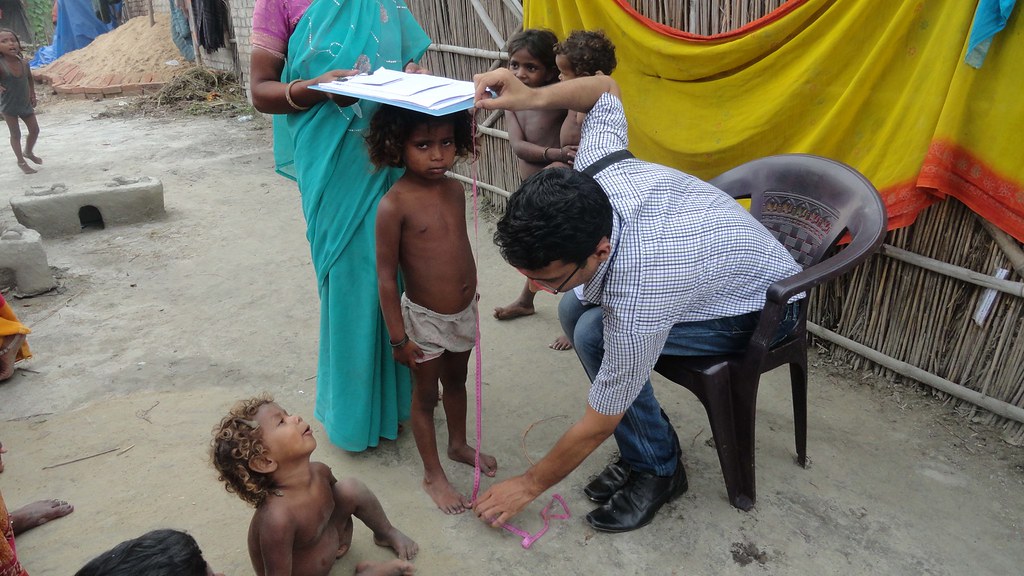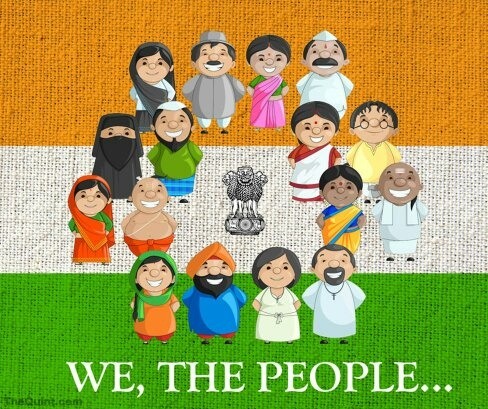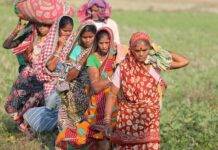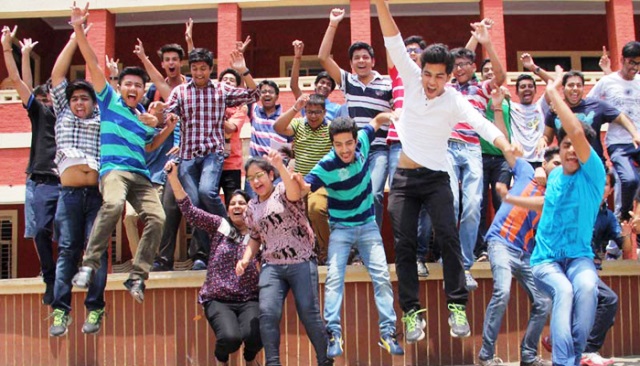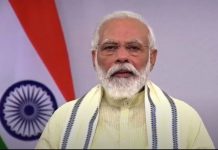There is no reason why we shouldn’t be increasingly worried and anxious about the combination of a pandemic such as the coronavirus and the already fragile and crumbling medical infrastructure in India.
It is true that throughout the world, we still don’t have any researched medical cure for coronavirus and this has made the entire global community panic even more. The data from the Ministry of Health and Family Welfare shows that over 80% of those who were infected with coronavirus were above the age of 60 years and 83% of those who died were battling pre-existing medical conditions.
It cannot be denied then that we have serious reasons to be worried about, especially because we don’t have a known cure for it yet. But another aspect which is equally worrying if not more is the fact that the combination of COVID-19 with existing sickness and medical complications is a fearsome one.
While the disease can infect anyone, those who are particularly vulnerable include people who have an already weak immunity due to their age, malnutrition, respiratory problems or are prone to infections. If we were to use a technical phrase to describe this situation it would be that of comorbidity, which makes extremely difficult to differentiate between deaths caused solely due to coronavirus and deaths that were triggered by coronavirus but were premised on other pre-existing medical complications.
The Coronavirus pandemic has underlined India’s fragile public healthcare system and decades of meagre expenditure on strengthening possibilities for affordability and quality in healthcare.
If we compare India’s situation with the West, we would certainly have to acknowledge the fact that we have the advantage of a relatively younger population. But on the other hand, unlike the Western world we are known to have poor health conditions among the vast majority of people. This makes it extremely necessary for us to acknowledge the fact that while we may boast of a young population, we are also vulnerable to issues around malnutrition accompanied by general poor health condition among a large section of the Indian population.
The way the health system in India has succumbed to the hard-pressing demands of the coronavirus pandemic and the number of lives that are being lost to the inaction each day, it becomes only evident that for decades we have conveniently side-stepped this issue.
The coronavirus pandemic has rendered an already ill-equipped and fragile medical infrastructure even more dilapidated and helpless. Routine functioning of services in public hospitals have been adversely impacted, out-patient department services in public hospitals have been curtailed and only emergency cases are being entertained in most scenarios. Even in departments such as cardiology and neurology, there is severe streaming of patents and only those who are extremely “critical” are being entertained.
Given such a situation, it is but evident that poor patients who are suffer from normal/severe ailments not associated with COVID-19 are finding it extremely impossible to access medical care especially in public hospitals, which by far is their only option to seek medical services.
This is a time when we as a country are realising that decades of low investment in public healthcare has denied the access to quality medical infrastructure.
Increased tendencies towards the privatisation of healthcare and therefore rendering it out of the reach of the ordinary citizens has only strengthened India’s inability to bridge the rich-poor gap as far as health is concerned. The coronavirus pandemic reminds us of the need to rethink and restructure our public health infrastructure keeping affordability and quality as its priorities.
This moment of crisis also highlights the fact that our healthcare system is grossly inadequate and unevenly accessible for different sections of the population. What the COVID-19 pandemic has done is that it has brought about the urgency to fix the system. It wouldn’t be wrong to say that if the developed countries of the West are witnessing immense hardships in controlling the virus and their medical infrastructures are crumbling, India surely is sitting on a time bomb!
Without making quality health care accessible to all, India could be in for greater hardships in the coming weeks. If we don’t work towards building a quality and affordable healthcare system that is accessible to the poorest among India’s millions of citizens, we would have failed as the biggest democracy in the world!
There is no doubt about the fact that the fight against COVID-19 is going to be a long haul and according to experts the virus would linger around for several months even after the graphs seem t0 flatten, something that India wants to achieve through social distancing norms.
This implies, that just a couple of weeks of declaring a medical emergency and putting a closure on routine economic activities wouldn’t suffice in the context of India and it would instead have to implement many grounded and stringent emergency measures if it wants to take matters into hand. India would certainly have to work sincerely towards a long term plan for future exigences and have a concrete plan in hand to redesign the public healthcare system in accordance with the needs of the masses and not those of the private players.

